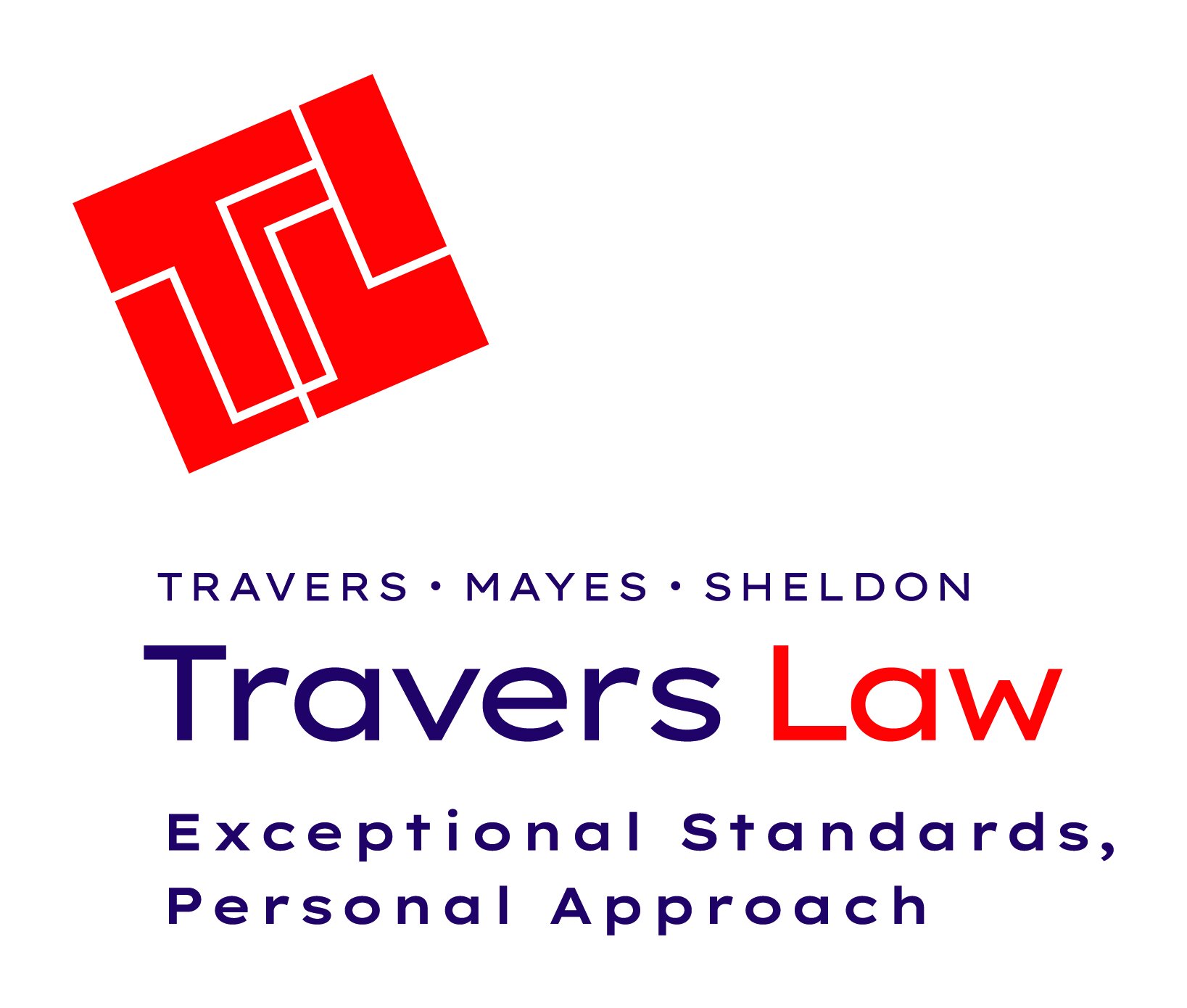WHAT IS THE DIFFERENCE BETWEEN AN INTEREST RATE AND ANNUAL PERCENTAGE RATE (APR)
When it comes to refinancing or taking out a mortgage, understanding the financial terms involved is crucial to making an informed decision. One common point of confusion is the difference between the advertised interest rate and the loan's annual percentage rate (APR). While both are expressed as percentages, they represent distinct aspects of the loan's cost to borrowers. In this blog post, we will delve into the disparity between the interest rate and APR, why it exists, and how borrowers can use this information to compare loan options effectively.
Interest Rate: The interest rate signifies the annual cost of a loan to a borrower and is expressed as a percentage. It represents the cost of borrowing money from the lender, and it directly influences the monthly mortgage payment. When comparing interest rates, borrowers typically look for the lowest rate available to minimize their repayment obligations.
Annual Percentage Rate (APR): On the other hand, the annual percentage rate (APR) is a broader measure that incorporates not only the interest rate but also other charges and fees associated with the loan. These fees may include mortgage insurance, closing costs, discount points, and loan origination fees. Unlike the interest rate, which solely represents the cost of borrowing, the APR provides a more comprehensive overview of the total cost of the loan.
Why the Difference Exists: The disparity between the interest rate and APR exists because the APR is designed to provide borrowers with a clearer understanding of the actual cost of the loan. By including additional fees and charges, the APR aims to prevent misleading advertising that might attract borrowers with seemingly low interest rates but hide significant costs elsewhere.
Using APR for Comparison: As a borrower, it is essential to evaluate loan offers carefully and compare both the APR and the actual interest rates provided. The APR serves as a useful tool for comparing the total cost of loans, as it accounts for various fees and charges. By comparing one loan's APR against another, borrowers can make a fair assessment of the overall expense associated with each loan option.
However, it is important to note that the monthly payment amount is still determined by the interest rate specified in the promissory note, not the APR. Therefore, borrowers should consider both the APR and the interest rate to gain a comprehensive understanding of the loan's financial implications.
Differentiating between the interest rate and annual percentage rate (APR) is crucial when evaluating mortgage loan options. While the interest rate represents the annual cost of borrowing money, the APR encompasses the interest rate along with additional fees and charges. By understanding the difference and utilizing the APR as a comparison tool, borrowers can make more informed decisions about their mortgage loans. Remember to consider both the APR and the interest rate when assessing the overall cost and affordability of a loan.




